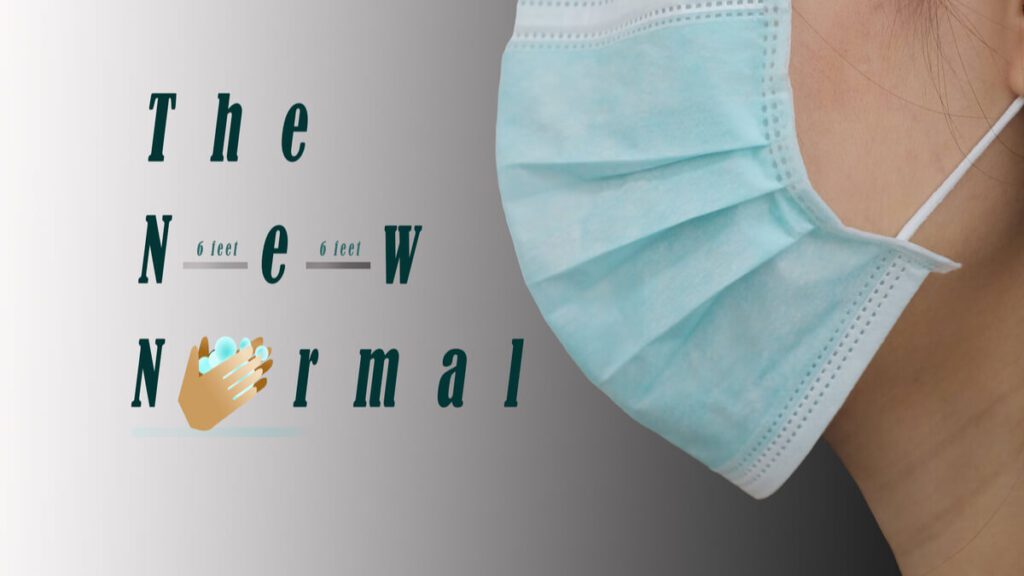
COVID-19 isn’t going anywhere for a while. Researchers warn that we may have to start getting used to living with COVID-19 well into 2021 and possibly 2022. A UN report as well as interviews with several university professors and researchers sheds some light onto our situation, and the way out.
Promising leads on vaccines are in the works and making progress. Some institutions and partnered efforts promise a protective vaccine by as early as September. The World Health organization projects that there will be around 2 billion vaccine doses by the end of next year. That is however, a long way away, and still leaves another 4 billion people living with COVID-19 as it rises and spreads.
A UN report measuring the effective response and coping mechanism of each country to the pandemic specifies that we are still in the early stages, and very much at risk.
Countries that are doing pretty well right now like South Korea, China, New Zealand and Taiwan, have been warned that they are still at risk of infection clusters popping up as seen in China a couple of months ago.
This leaves countries at risk of another wave, and a new list of economic disruptions and pitfalls. Despite this, countries need to find a way to cope and keep their economies flowing to some extent until a vaccine is made available, which may need longer than anticipated.
A study conducted by John Hopkins warns that to loosen social safety precautions may correlate with a spike in cases. Increasingly, we are relying on the individual’s assessment of risk and their precautions to determine the severity of the spike. The trouble is, countries will face challenges keeping cases down at this stage.
Researchers and professionals cast a somewhat bleak picture on the near future. Some estimate the death toll to reach up to a million by 2021, while others make even more concerning projections. “We’ll go well over a million,” says Director of the Scripps Research Translational Institute in California, Eric Topol. “I wouldn’t be surprised by 2022 if we go into a couple million or more, knowing that there are so many people out there who are vulnerable.”
The reason for this is because COVID-19 is a “stealthy” virus. Asymptomatic transmission comprises up to 30% of total infection cases, and so we are hunting a black cat at night when it comes to finding and isolating infected clusters.
A new approach to the virus is advised. One that requires individuals to take absolute responsibility over the risks and precautions they are taking. People may have to accept living with COVID-19, and the new changes in their life, and everyone needs to contend with the fact that it’s not over yet, and won’t be for a while longer.